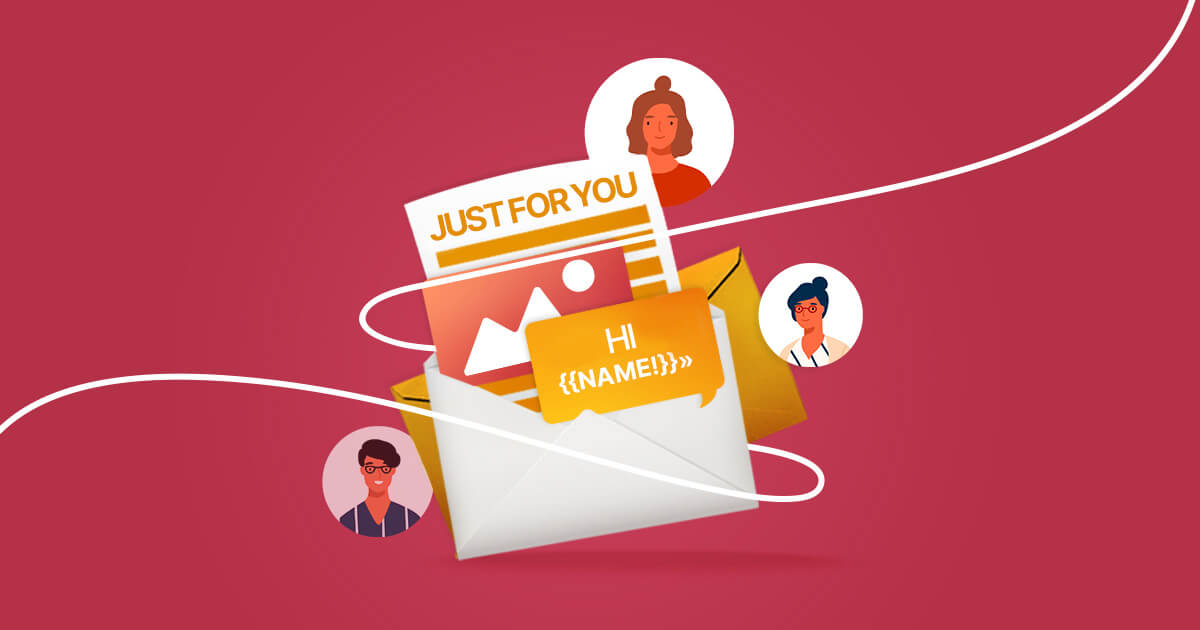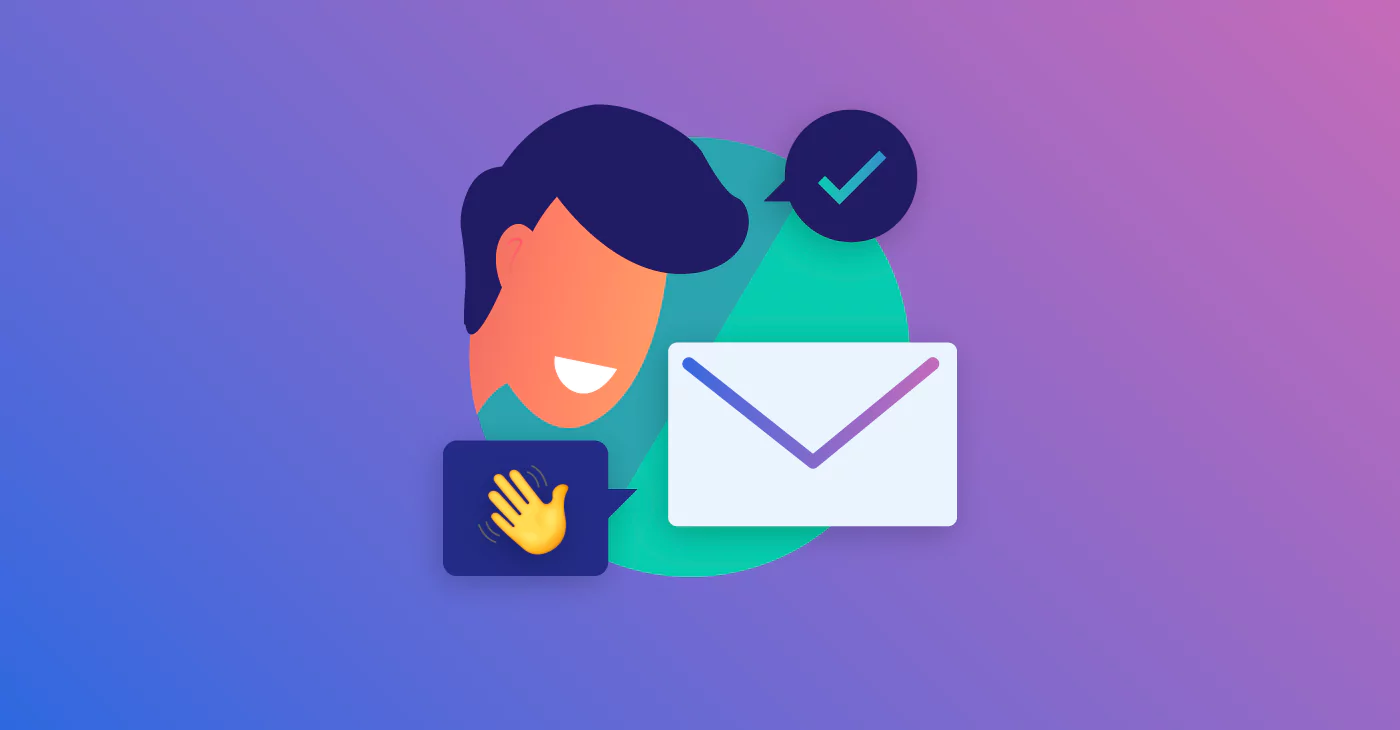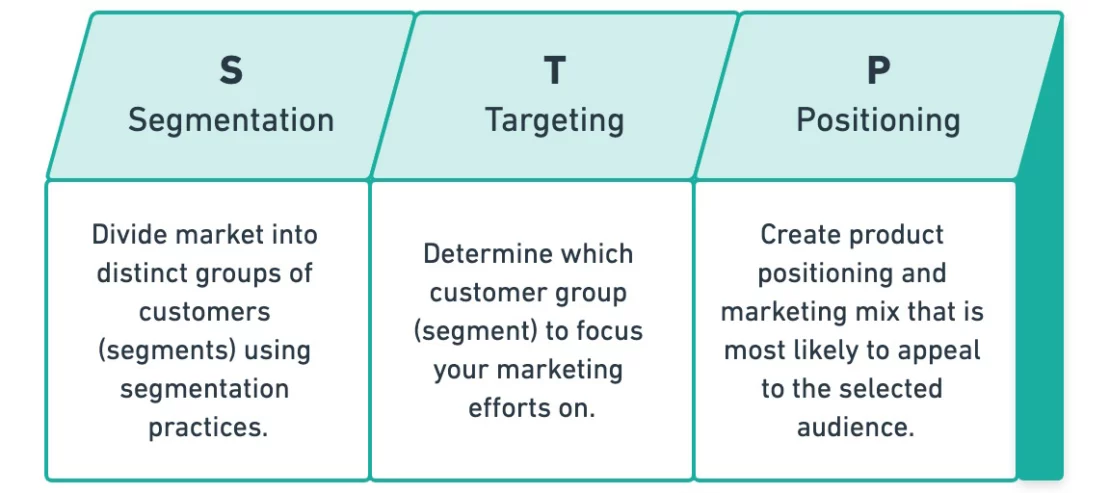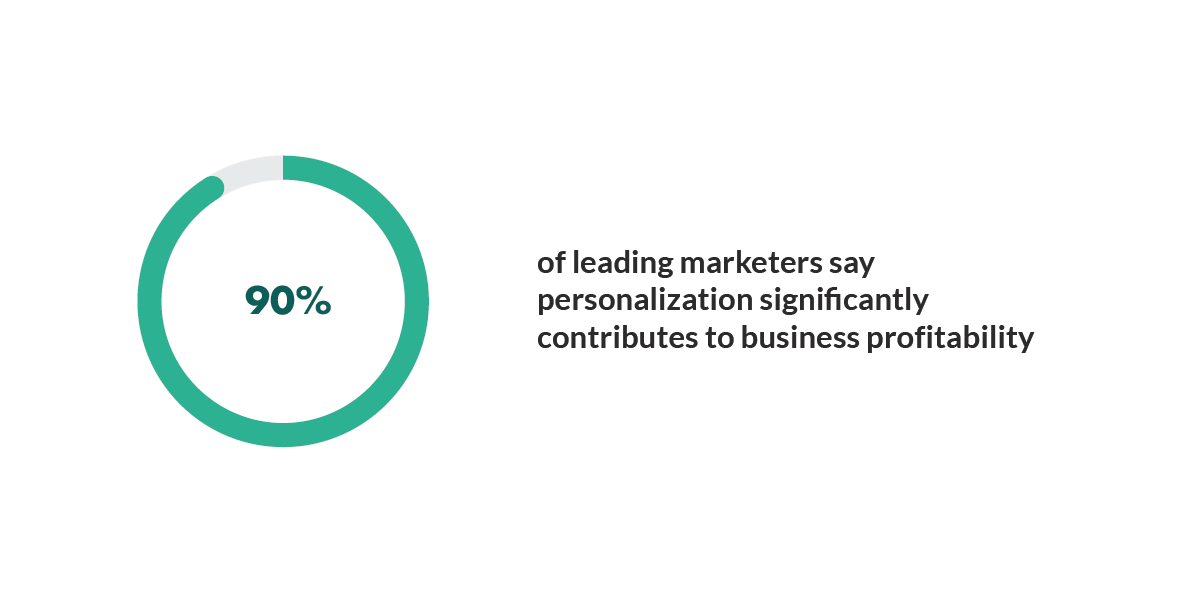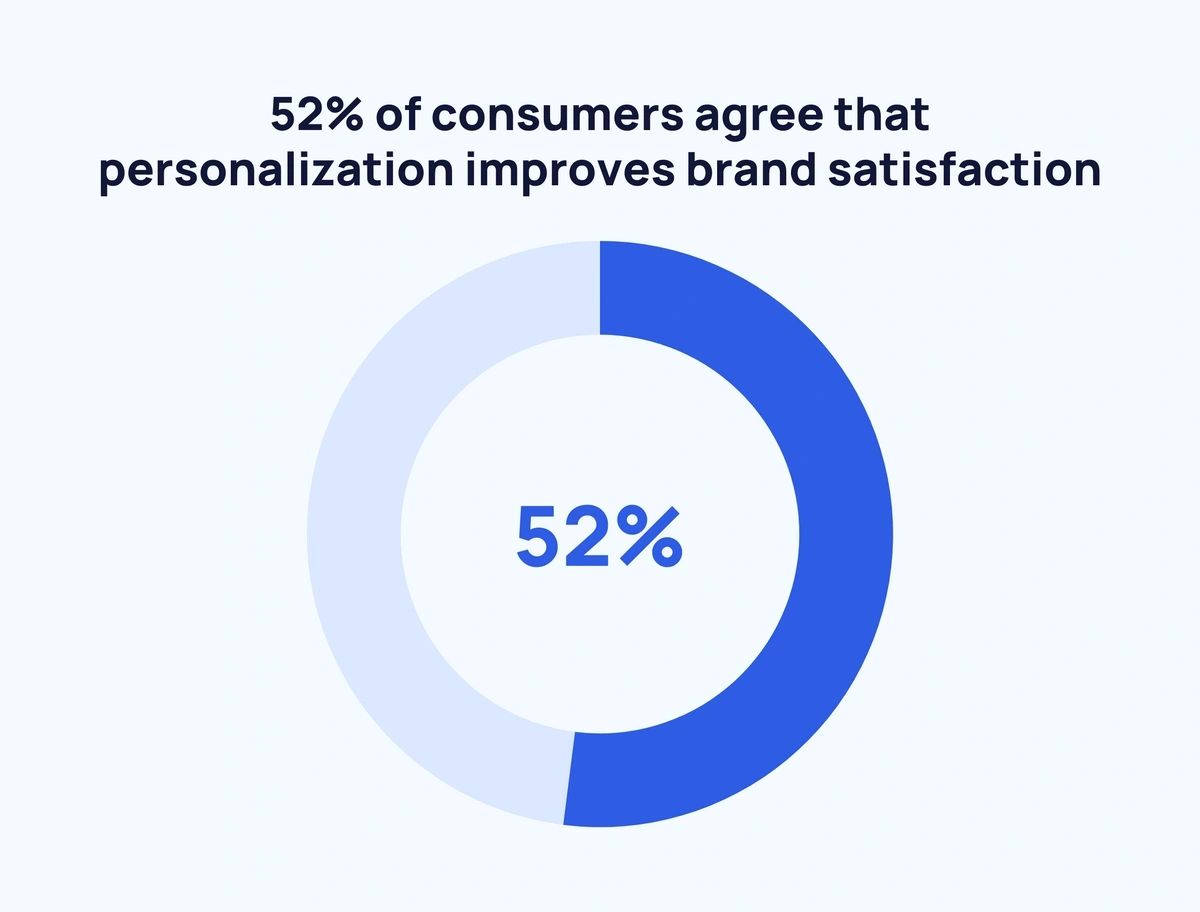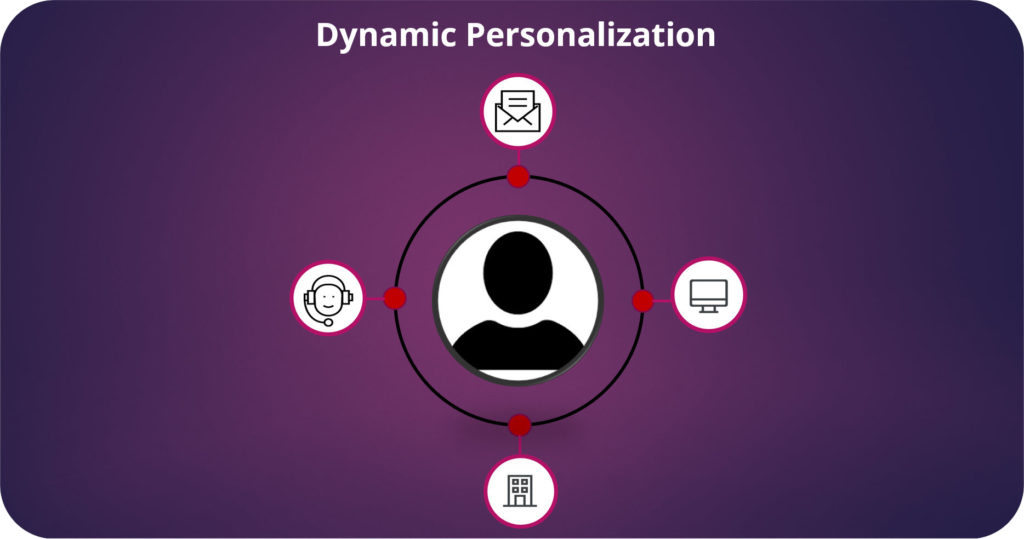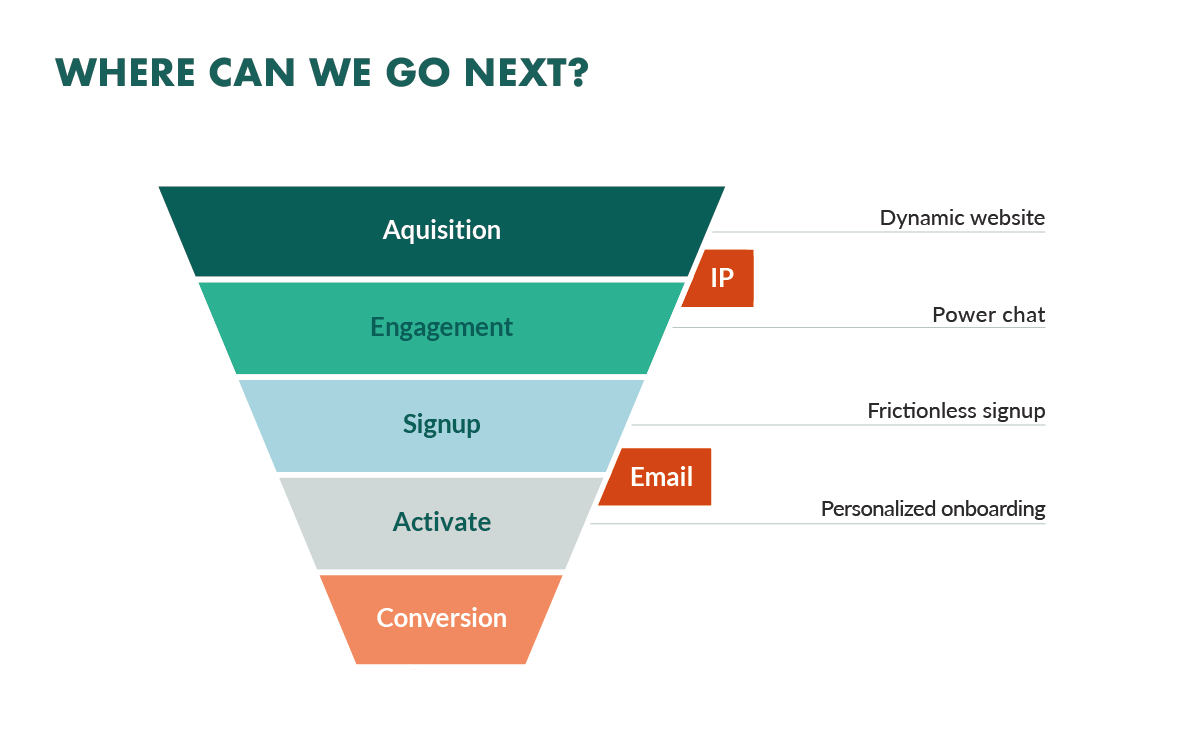Email marketing has long been recognized as one of the most effective digital marketing strategies. However, in today’s age of personalization, the traditional one-size-fits-all approach is no longer sufficient. Consumers expect relevant and tailored experiences, and personalization has become the key to unlocking the full potential of email marketing. By leveraging customer data and employing advanced techniques, businesses can create highly personalized and engaging email campaigns that resonate with recipients.
Gone are the days of sending generic, one-size-fits-all messages to your audience. Today, it’s all about personalized communication. In this blog, we’ll take a deep dive into the evolution of email marketing and explore the importance of understanding personalized communication. We’ll uncover the benefits of tailoring your messages to resonate with your audience on a more personal level. Get ready to master the art of connecting with your subscribers in a way that will make them feel like you’re their BFF.
Table of Contents
ToggleThe Importance of Personalization in Email Marketing
To create efficient and interesting consumer communication, personalization in email marketing is essential. Personalization has developed into a potent technique to break through the noise and grab receivers’ attention in the current digital era, where customers are bombarded with innumerable communications. Business owners may greatly increase the effectiveness of their email marketing by customising messages to individual interests, behaviours, and demographics.
First of all, personalisation forges a sense of connection and significance with recipients. When an email uses the recipient’s name and contains information that matches their interests or prior communications, it shows that the sender is aware of and respects their unique requirements. This promotes a favourable image of the brand while also raising the probability that the email will be opened.
Additionally, personalisation enables advertisers to give information that is more contextualised and targeted. Businesses may target certain client groups with email marketing by using data from prior purchases, browsing history, or demographics. With this degree of personalization, marketers may provide pertinent product suggestions, limited-time offers, and personalised experiences that appeal to customers. As a result, there is a huge increase in the likelihood of conversions, recurring business, and client loyalty.
Understanding the Audience: Segmentation and Targeting
A key component of effective marketing tactics is segmenting and targeting the audience in order to understand them. A wide target market is segmented into more manageable, discrete groups based on shared traits, requirements, or behaviours. Businesses may use this technique to learn more about their clients and develop marketing strategies that are more pertinent and successful.
Marketers may target certain audiences by segmenting their audience and tailoring their messaging and products to fit the tastes and interests of those groups. By addressing the individual needs and pain areas of their consumers, organisations may enhance customer engagement and conversion rates.
By concentrating on the groups that are most likely to respond favourably to marketing initiatives, targeting complements segmentation. Businesses may more effectively and efficiently deploy their resources by focusing on certain areas. Personalised content delivery, the use of effective marketing channels, and the optimisation of advertising expenditures are all part of this.
Overall, segmentation and targeting aid companies in developing strategies that successfully engage with customers by assisting them in better understanding their audience. Marketers may maximise their marketing efforts and have more success reaching and attracting their target audience by understanding and catering to the distinct requirements and preferences of various segments.
Collecting and Analyzing Customer Data for Personalization in Email Marketing
One of the most important steps in putting good customization ideas into practice is gathering and analysing client data. Through a variety of channels, including website interactions, purchase histories, email interactions, social media interactions, and more, businesses collect consumer data. These data give us important information about client preferences, behaviours, and interests.
Businesses can understand customer journeys, spot patterns and trends, and effectively segment their audience by analysing customer data. Businesses may discover useful data about specific consumers and customer groups by utilising advanced analytics tools and approaches, allowing them to develop individualised experiences and focused marketing efforts.
Additionally, data analysis enables companies to assess the success of their personalisation initiatives and make data-driven choices and optimisations. Businesses may improve their customization strategies, offer more pertinent content, and increase customer happiness and engagement by routinely collecting and analysing consumer data. In the end, using customer data for customisation results in more profound and effective customer interactions, fostering repeat business and business expansion.
Crafting Personalized Email Content
When creating personalised email content, it’s important to take the recipient’s tastes, interests, and requirements into account when creating the message, the images, and the offers. Personalization seeks to offer a distinctive and tailored experience; it goes beyond merely addressing the recipient by name. Businesses may develop personalised product suggestions, targeted marketing, or personalised event invites by using consumer data.
The email experience may be greatly improved with dynamic information, such as countdown clocks or personalised suggestions based on previous purchases. Additionally, including user-generated material in your email campaign can give it more credibility and customization, such as reviews or social network postings.
Dynamic Content and Automated Personalization
With the use of dynamic content, marketers may design email components that alter based on the information or actions of the receiver. By sending material that is extremely relevant to the receiver at the time of opening, this method allows for real-time customisation. Personalised product suggestions, dynamic pricing, or location-specific offers are examples of dynamic content. In order to offer personalised information at scale, automation is essential.
To send timely and pertinent communications, automated email processes based on triggers, such as abandoned cart emails or post-purchase follow-ups, may be set up. Businesses may design highly personalised and targeted email campaigns that increase engagement and conversions by utilising dynamic content and automation.
Personalizing Subject Lines and Preheaders
Preheaders and subject lines are the first things recipients see when they open an email, so they are crucial for capturing their attention and increasing open rates. Preheaders and subject lines with a person’s name can boost engagement and open rates dramatically. Marketers may convey a sense of relevance and urgency by incorporating recipient data in the subject lines and preheaders, such as name, location, or previous purchase history.
Additionally, A/B testing various subject lines and preheader variants can aid in determining the most efficient personalisation techniques and enhance email effectiveness.
Enhancing Personalization in Email Marketing with Behavioral Triggers
Specific email campaigns are started by behavioural triggers, which are occasions or activities that recipients do. These triggers might be behaviours like visiting websites, opening emails, or interacting with products. Businesses may send recipients timely emails that are extremely relevant to their actions or interests by utilising behavioural triggers.
For instance, an automated email with a customised discount can be sent to a consumer who has abandoned their shopping basket to persuade them to finish the transaction. Delivery of material that matches the recipient’s present behaviour or purpose is improved via behavioural triggers.
A/B Testing and Optimization for Personalized Campaigns
An effective method for improving personalised email messages is A/B testing. Marketers may determine the best personalisation techniques by testing various components, such as email content, images, and calls to action.
A/B testing enables data-driven decision-making and ongoing email performance improvement. To make meaningful conclusions, it is necessary to test each component separately and to analyse the findings. The email strategy is improved, engagement is increased, and results are improved by optimising personalised messages based on A/B test results.
Leveraging User-generated Content for Personalization in Email Marketing
User-generated content (UGC) is information produced by people who have purchased a good or used a service. Email marketing may be personalised using UGC to offer authenticity and social proof. Businesses may develop personalised email content that connects with recipients by adding UGC, such as customer evaluations, testimonials, or social network posts.
By showing actual consumer experiences and recommendations, UGC improves personalisation. It increases engagement and conversions by fostering a sense of belonging and trust.
Creating Personalized Email Campaigns at Scale
Scalable personalisation of email marketing involves automation and sophisticated personalization methods. Manually personalising each email may not be possible with a huge subscriber list. Businesses are able to easily send personalised messages to a big audience because of automated email workflows and dynamic content.
Marketers can automatically create personalised emails that are sparked by particular occasions or activities by utilising consumer data, segmentation, and behavioural triggers. Businesses may design personalised email campaigns that target a large audience while keeping relevance and efficacy by combining automation with advanced personalization techniques.
Wrapping up!
In the age of personalization, email marketing has evolved from mass email blasts to targeted, relevant, and personalized campaigns. Personalization has become a crucial aspect of email marketing, driving higher engagement, conversions, and customer satisfaction. By understanding the audience, collecting and analyzing customer data, crafting personalized content, leveraging dynamic elements, and employing advanced personalization techniques, businesses can create email campaigns that resonate with recipients on an individual level.
As technology continues to advance and consumer expectations evolve, embracing personalization in email marketing will remain vital for businesses seeking to build meaningful connections, drive results, and stay ahead in a competitive digital landscape.
What’s Next: HOW TO CREATE RESPONSIVE DESIGN FOR MOBILE

